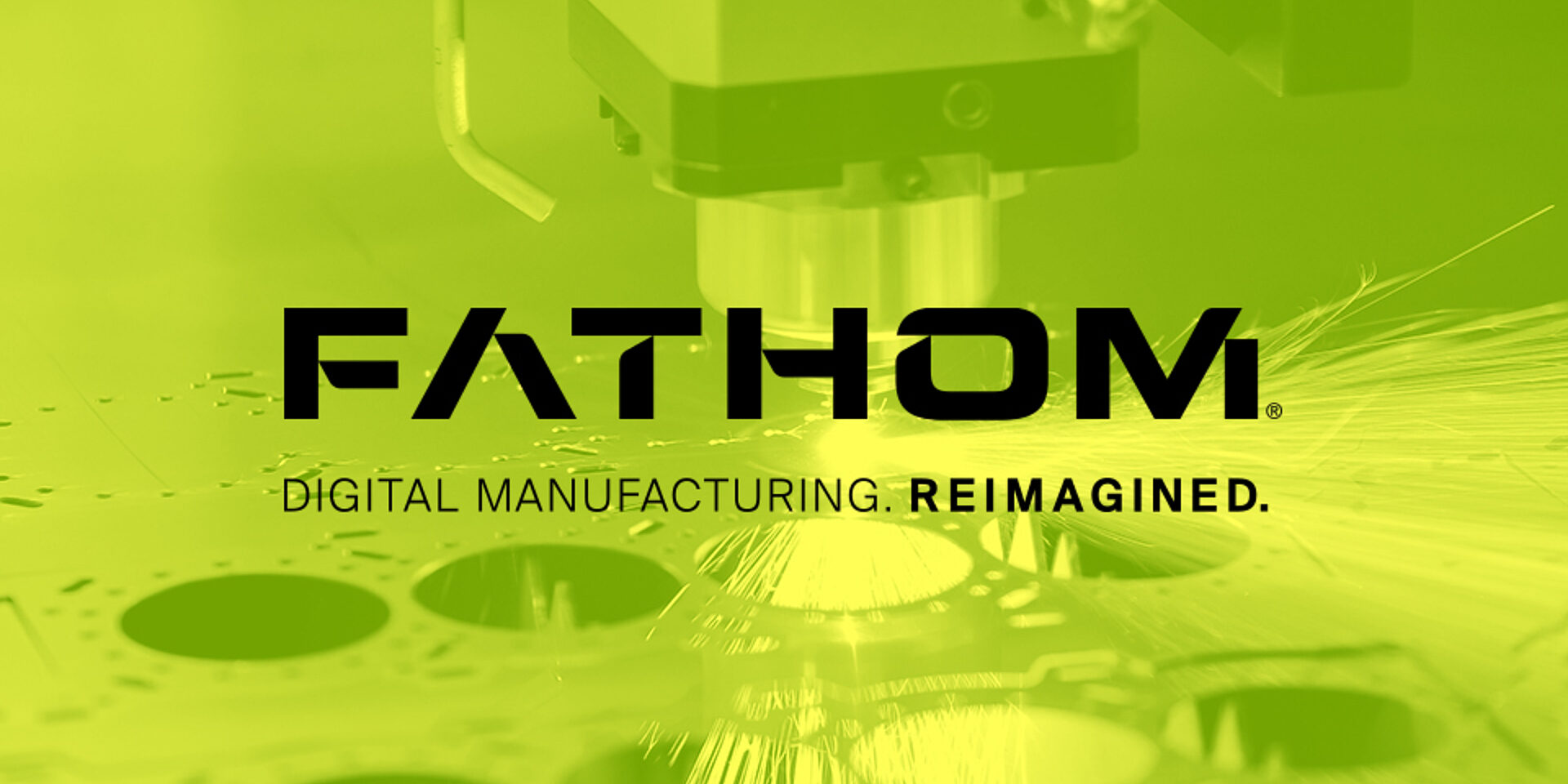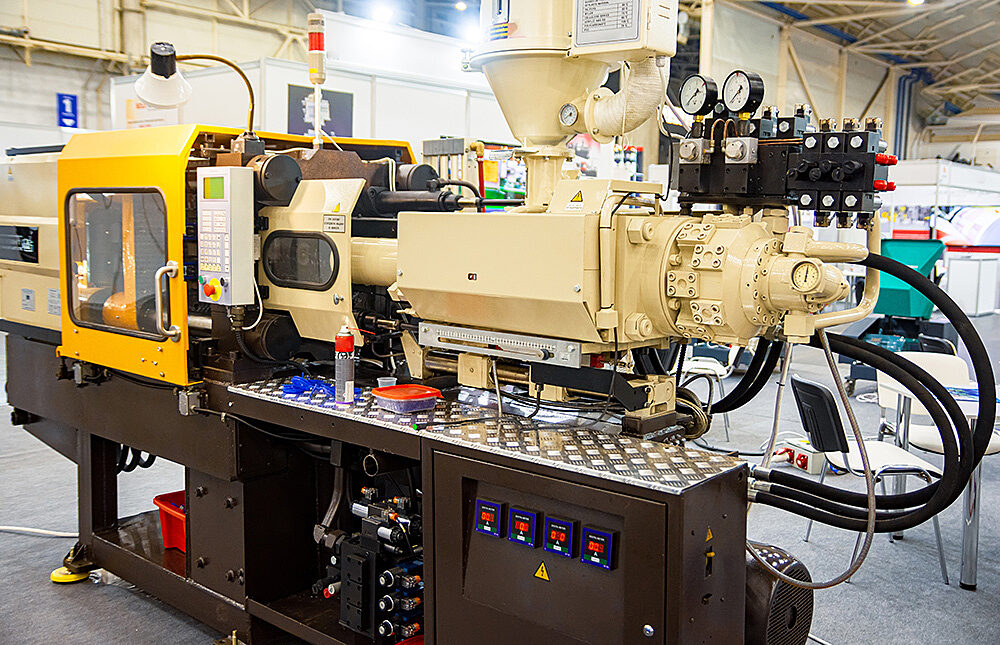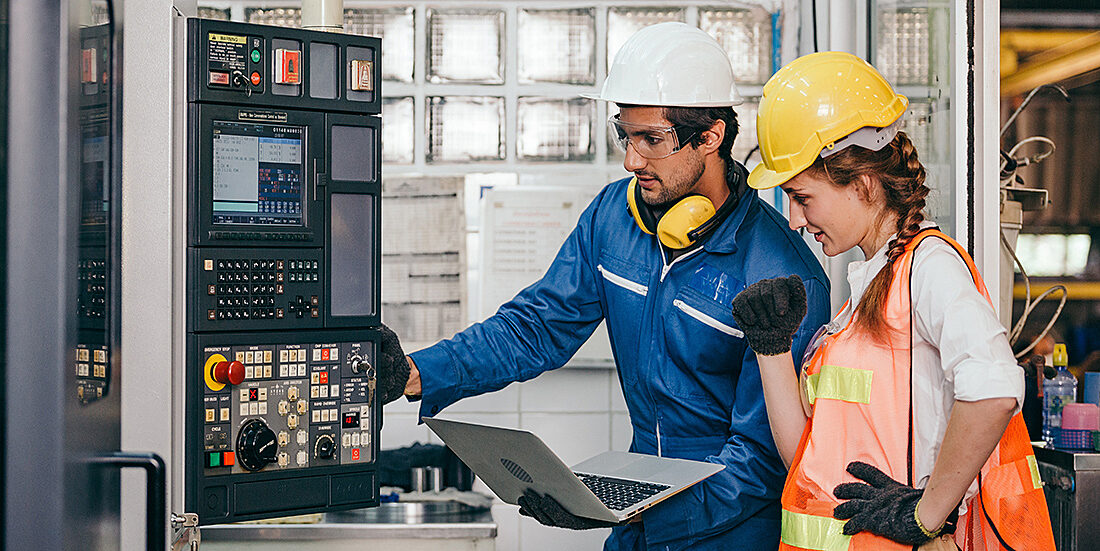How Fathom is Bridging the Gap Between Prototype and Production - The Industrial Lens Podcast

On this episode of The Industrial Lens, host Jeremy King sits down with Rush LaSelle, CEO of Fathom Digital Manufacturing, to discuss how the company is helping manufacturers navigate a changing global landscape.
From reshoring and automation to AI-driven design, Rush shares how Fathom’s hybrid model of domestic and global manufacturing empowers companies to scale faster while maintaining both quality and innovation.
The State of U.S. Manufacturing

After years of global disruption, the U.S. manufacturing sector stands at a crossroads. As Rush explains, the Purchasing Managers Index (PMI) sits around 50, signaling an industry in transition where some sectors are thriving while others face contraction.
Yet, the outlook isn’t all uncertain. Growth areas such as defense, electrification, and humanoid robotics are sparking renewed optimism. “There’s a lot of opportunity if you’re focused on the right markets and products,” Rush says. “And that’s where Fathom thrives by helping clients who have great ideas but need the engineering and manufacturing muscle to make them real.”




